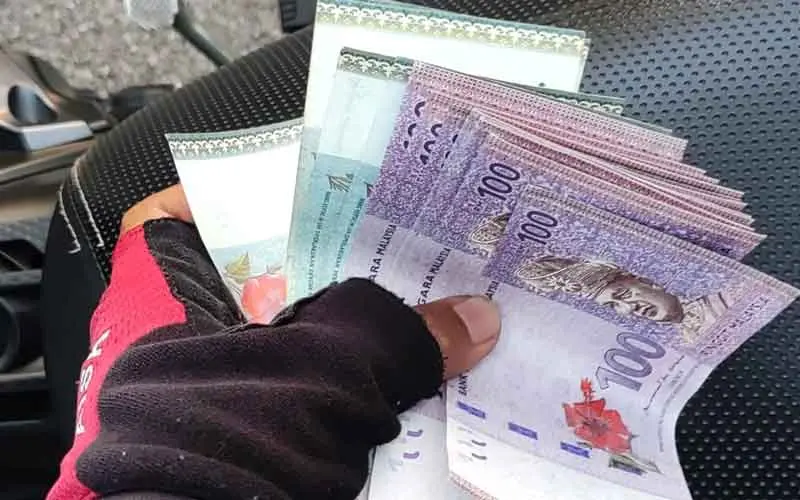Evaluating the authenticity of money before making a purchase is crucial to avoid falling victim to counterfeit currency, which can be prevalent in various transactions. First and foremost, understanding and recognizing the key security features of genuine money is essential. Each currency has specific elements designed to prevent counterfeiting, such as watermarks, security threads, and color-shifting inks. For example, U.S. dollars feature a security thread embedded in the bill, which is visible when held up to the light, and color-shifting ink that changes color when tilted. Familiarize yourself with these features by referring to official resources or guides provided by the central bank or treasury. Next, the feel of the money is a significant factor in authenticity. Genuine banknotes are made from a special type of paper or polymer that feels different from regular paper or plastic. If the bill feels unusually smooth or has an odd texture, it might be counterfeit.

Additionally, genuine currency often has a distinct texture that can be felt when you run your fingers across it, which is typically missing in fake money. Another crucial step is to examine the bill under different lighting conditions. Authentic banknotes often have features that are visible only under ultraviolet UV or infrared IR light. For example, many currencies have fibers or features that fluoresce under UV light. If you have access to a UV light source, use it to check for these hidden elements. Many modern currencies also include holograms or color-changing inks that are difficult to replicate accurately to buy fake money. Using a magnifying glass or a jeweler’s loupe can also aid in verifying authenticity. Look closely at the fine details, such as the printing quality and the microtext. Genuine money is printed with high precision, resulting in sharp and clear details. Counterfeit bills often have blurry or inconsistent details when examined up close.
Another effective method for detecting counterfeit money is to use counterfeit detection pens, which are available at most office supply stores. These pens contain a special ink that reacts with the starch found in regular paper. If the ink marks a dark color, the paper might be counterfeit. However, this method is not foolproof, as some sophisticated counterfeits may pass this test. Lastly, when in doubt, consult with experts or authorities. Banks, law enforcement agencies, and financial institutions often have resources and personnel trained to detect counterfeit money. If you have any suspicion about a bill’s authenticity, it is wise to seek professional assistance to ensure you are not dealing with counterfeit currency. In summary, evaluating the authenticity of money involves checking for key security features, examining the bill’s texture, using specialized lighting, and scrutinizing details with magnification. Employing these methods can help prevent the exchange of counterfeit money and ensure that your transactions are secure.

